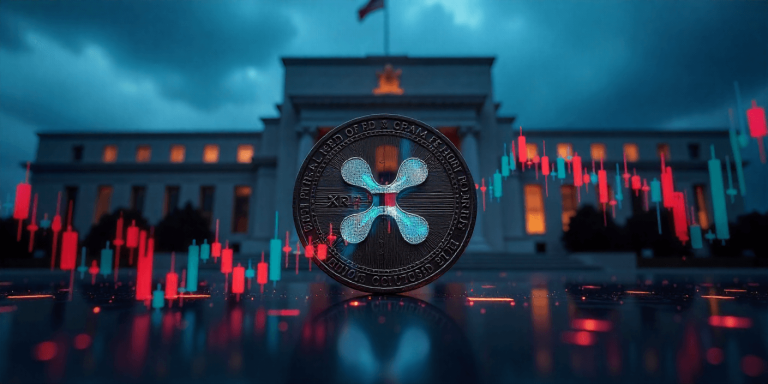
Traveling Through Time: How Europe’s Historical Heritage Shapes Modern Lifestyles in 2025
Traveling Through Time: How Europe’s Historical Heritage Shapes Modern Lifestyles in 2025. Europe, a continent steeped in history and tradition, has long been a hub of cultural and artistic expression. From the ancient ruins of Greece and Rome to the modern metropolises of London and Paris, Europe’s historical heritage continues to shape modern lifestyles in profound ways. In this article, we’ll delve into the ways in which Europe’s past informs its present, and how this unique cultural landscape is evolving in 2025.
A Brief History of Europe
To understand the significance of Europe’s historical heritage, it’s essential to take a brief look at the continent’s rich and varied past. From the Renaissance to the Enlightenment, and from the Industrial Revolution to the present day, Europe has been at the forefront of human progress and innovation. The continent’s complex history has given rise to a diverse array of cultures, each with its own distinct traditions, customs, and values.
The Impact of Historical Heritage on Modern Lifestyles
So, how does Europe’s historical heritage shape modern lifestyles? The answer lies in the many ways in which the past continues to inform the present. From the architecture of modern cities to the art and literature that fills our museums and galleries, Europe’s cultural landscape is a vibrant tapestry of old and new. In 2025, this heritage is more relevant than ever, as people seek to connect with the past and understand the complexities of the present.
Cultural Exchange and Evolution
One of the most significant ways in which Europe’s historical heritage shapes modern lifestyles is through cultural exchange and evolution. As people from different backgrounds and cultures come together, they bring with them their unique perspectives and traditions. This exchange has given rise to a vibrant and dynamic cultural landscape, where old and new coexist in harmony. In 2025, this exchange is more important than ever, as the world becomes increasingly interconnected.
Preserving the Past for the Future
As we look to the future, it’s essential to preserve the past for generations to come. This involves not only protecting and conserving historical sites and artifacts but also promoting cultural education and awareness. By doing so, we can ensure that Europe’s historical heritage continues to shape modern lifestyles in meaningful ways, inspiring future generations to appreciate and learn from the past.
Conclusion
In conclusion, Europe’s historical heritage continues to shape modern lifestyles in profound ways. From cultural exchange and evolution to the preservation of the past, this heritage is a vital part of our shared human experience. As we move forward in 2025, it’s essential to appreciate and learn from the past, using this knowledge to build a brighter, more inclusive future for all.





